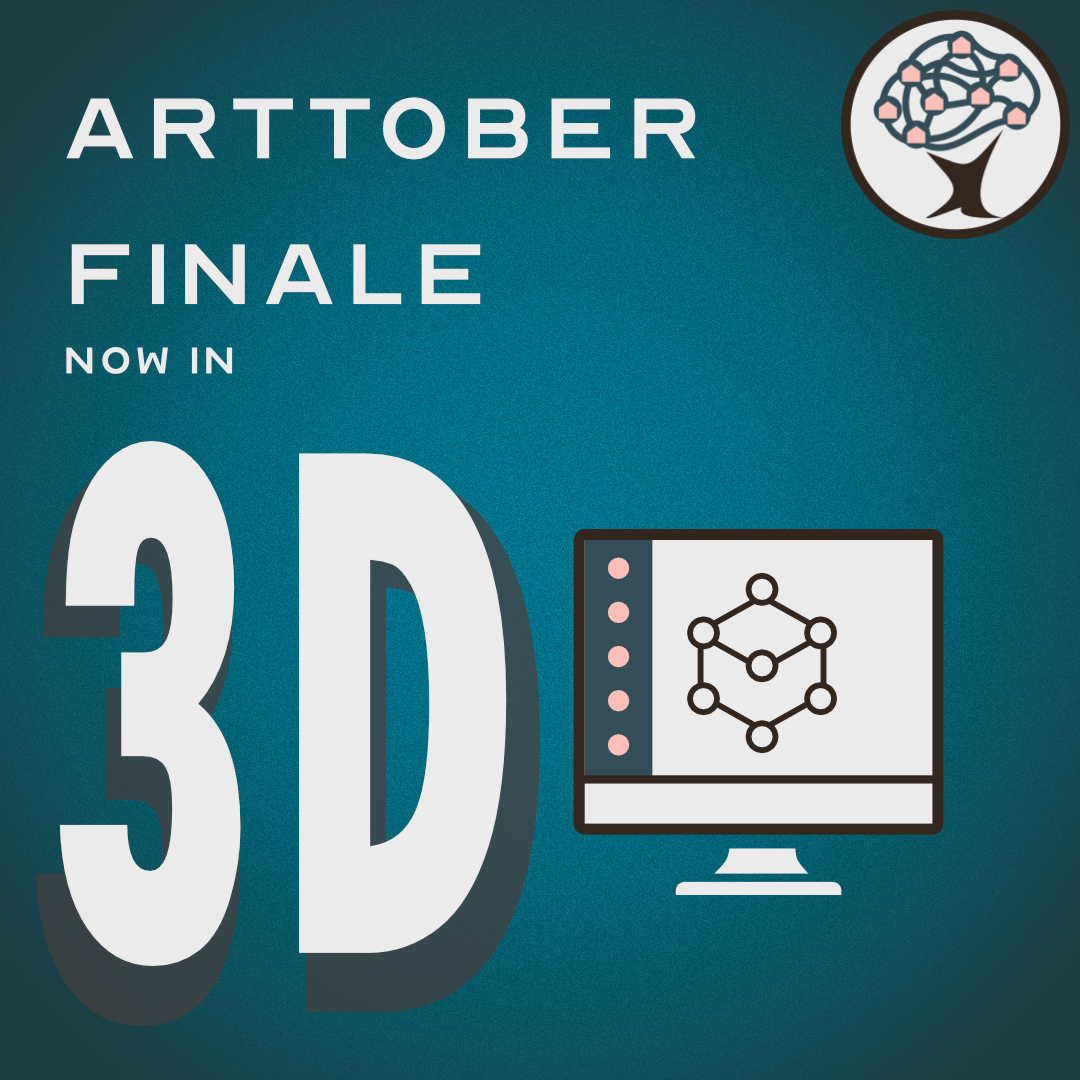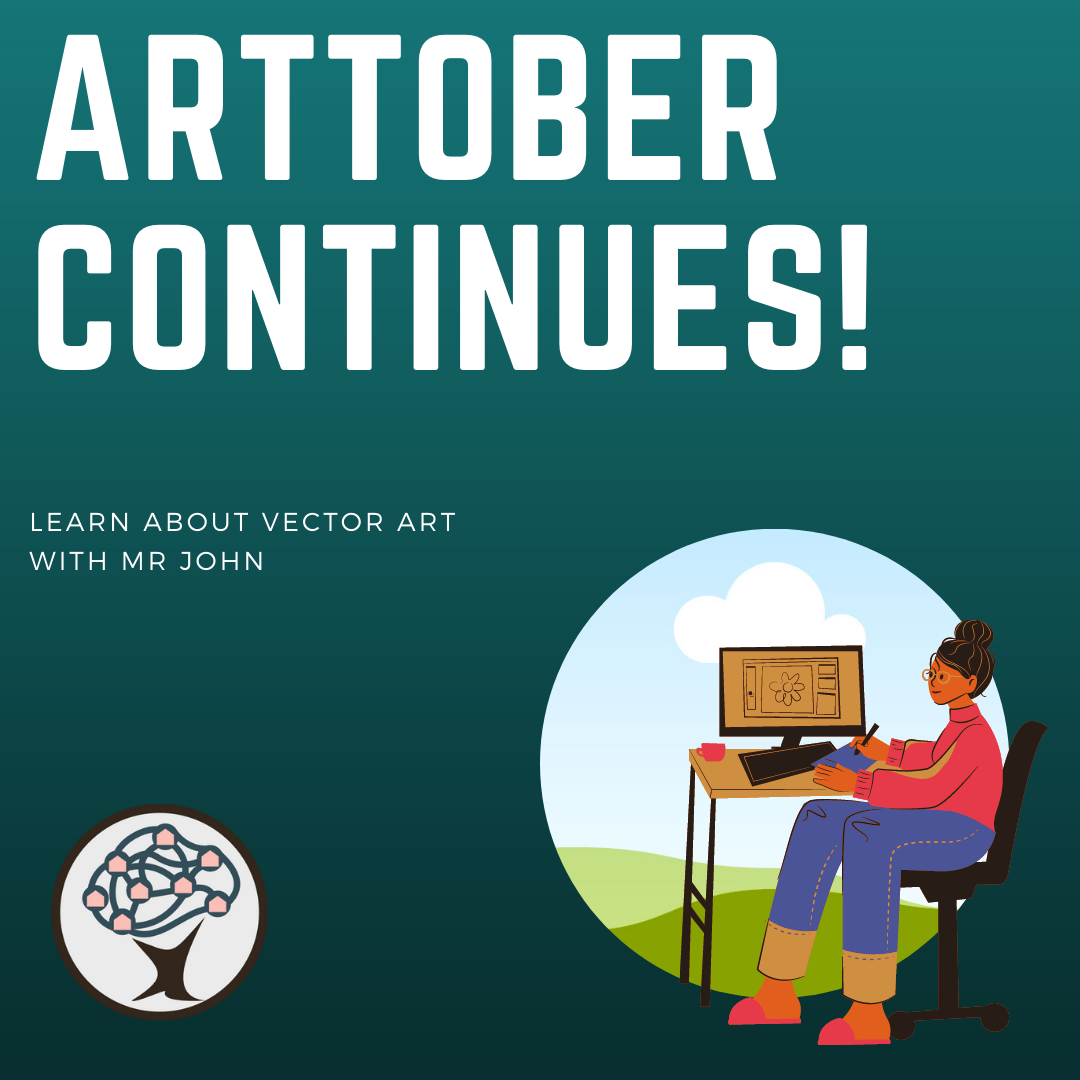
By John Carter
Hi Net Neighbors! Welcome back to Tech Tuesday where we take deep dives into the technology surrounding us. This week we wrap up our Arttober series with the most well known of the Digital Arts; 3D Art. 3D Art has been around for a long time. Much longer than many of you may realize. The Last Starfighter, a movie from 1984 had 27 minutes worth of 3D effects. These days many movies and television programs use 3D Art to supplement, or wholly replace locations. The sort of films which were once completed using super computers are now being made by people in their homes using equipment and programs within reach of most. So let’s take a look at a few options out there.
What is 3D Art?
Although the primary use case for 3D is movies and video games, 3D Art is more than just making Yoda flip across the screen. Many 3D Artists use their media to create works of sculpture or still images of breathtaking complexity. In fact, one of the artists I follow on Youtube, Grant Abbitt, has a contest this month to see who can make the best 3D Halloween scene. Other artists engage in similar competitions. Most of my own work in 3D Art has been more sculptural focused with the end point of them being 3D printing the pieces. That’s right. Just as you can print digital photos and vector logos, you can also print your 3D pieces, if you do it correctly. For today I will not be going in depth into the 3D Art to print pipeline because it is a long one. However, if you are interested in that I would be happy to talk about it in the future.
Okay then, what can I use to do 3D Art?
Depending on the level of complexity to your art, you will need anything from an iPhone to a multi-grand computer.
Wait, what?
Unlike Raster or Vector based art, 3D Art can require a great deal of horsepower to properly handle. Big name studios such as ILM and Pixar need whole rooms of computers running at high speed to make their art. Thankfully you won’t need a super computer for most things. For starters, there are companies now where you can hand them your files and they will do the final render.
Hang on, you mentioned that before. What does Render mean?
Good question. When you watch the newest Pixar film what you are seeing is a final product. If you have the time, I would suggest you pause one of their films and take a good look at it. The water, the way light reflects off surfaces, hair, everything you are seeing requires an insane amount of math to calculate. When an artist is making their movie they are not working with the final, detailed, product. Instead, they are working with much simpler objects. A mass of red curls in the final movie might be represented in on the artist’s side by four or five lines the artist can position.
With their lines in position, the artist can tell the computer to render the scene. As the artist gets up to get their beverage of choice, the computer is working through all the calculations to transform those lines into the hair you gawk at in the theater. There is not enough processing power to actively position all that hair a strand at a time. At least not yet.
Aside from expensive computers, what else might I need?
Well, you don’t need super expensive computers. Like I said, some of this you can do on an iPhone. And there are people who make amazing static pieces on their computer. After all, a static object is not quite as hard to handle as a moving one. Still, many average computers will run the program I am about to talk up and the great thing is it is absolutely free.
Free?
Yes, free. And if you know me then you know that free doesn’t mean bad. Today’s program is called Blender. It is a powerful, amazing piece of work made by scores of people and dedicated to being forever free. From humble origins, Blender has become a major player in the 3D space. In fact, it has been competing with several products in the space whose prices start in the high hundreds and quickly rise from there. Blender has reached such prominence that companies such as Adobe, Apple, Microsoft, Facebook, and more have pledged money to its development.
Why? It’s free. I thought these people wanted to make money.
Because Blender is a one stop shop for all your 3D modeling needs. Many programs require you to move files to other programs once you reach certain stages. With Blender though you can make a movie from start to finish all in one program. The Microsoft’s and Apples of the world want to support a product such as Blender because their customers support it. And, if you have a powerful, free, product at your fingertips you can make your own videos without needing expensive products.
How easy is it to use?
That’s the downside, it isn’t easy. At least not on it’s surface. Because Blender can be used for the entire movie making workflow you can very easily be overwhelmed with all the options thrown at you. Thankfully the Blender team has realized this and in recent updates they have made it easier with tabs at the screen top for its different modes. If you want to sculpt, push the sculpt tab and other user interface elements will go away.
Even with this, there are a lot of buttons so I recommend you watch YouTube tutorials. Grant Abbitt is a great person to look up. CG Boost is also a good source, though I would recommend watching that channel after you have gotten some work under your belt.
The great news is that, because it is free, there is no downside with trying it. And, because you can get older versions of the program on the Blender site, if your machine is a touch older you can still use it to create amazing works.
You mentioned the phone?
Yes, for Apple devices you there are several apps, Nomad Sculpt and Forger are two, which you can use on your phone or tablet. They cost a few dollars but since they are optimized for the phone they don’t require all the same processing power. Mind you, these are just sculpting apps. You can’t make a movie in them. But you could create a model in them, export to Blender, and make something even better.
Is that everything?
Not in the absolute slightest. We haven’t even reached 1 percent. But for now it’s enough. Next week I will be taking off in preparation for November and National Novel Writing Month. Come November 2nd though, expect to start learning about Ebooks, what they are and how to write them.
Until then, have fun, find adventure, and stay safe!
